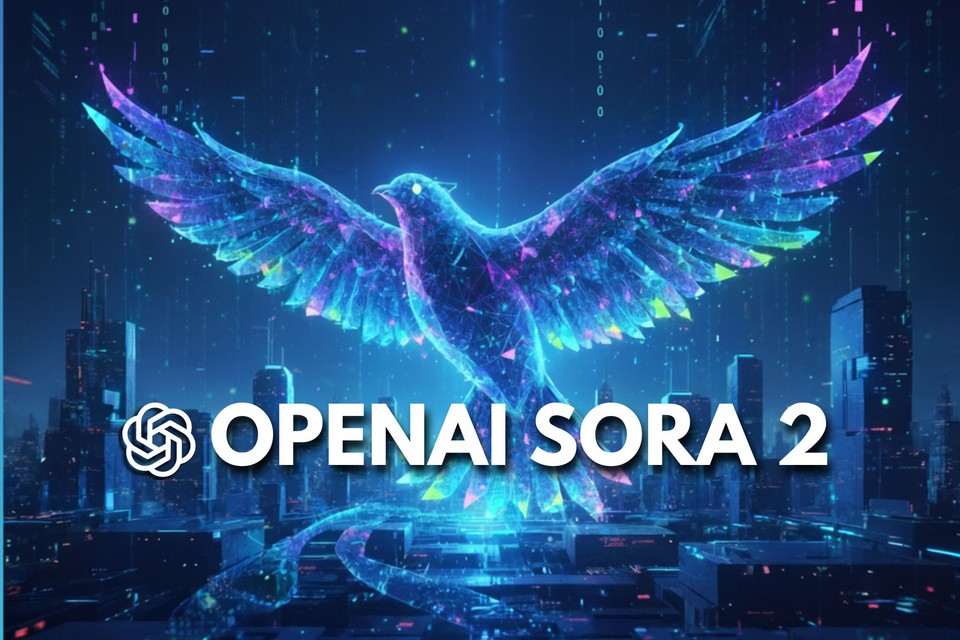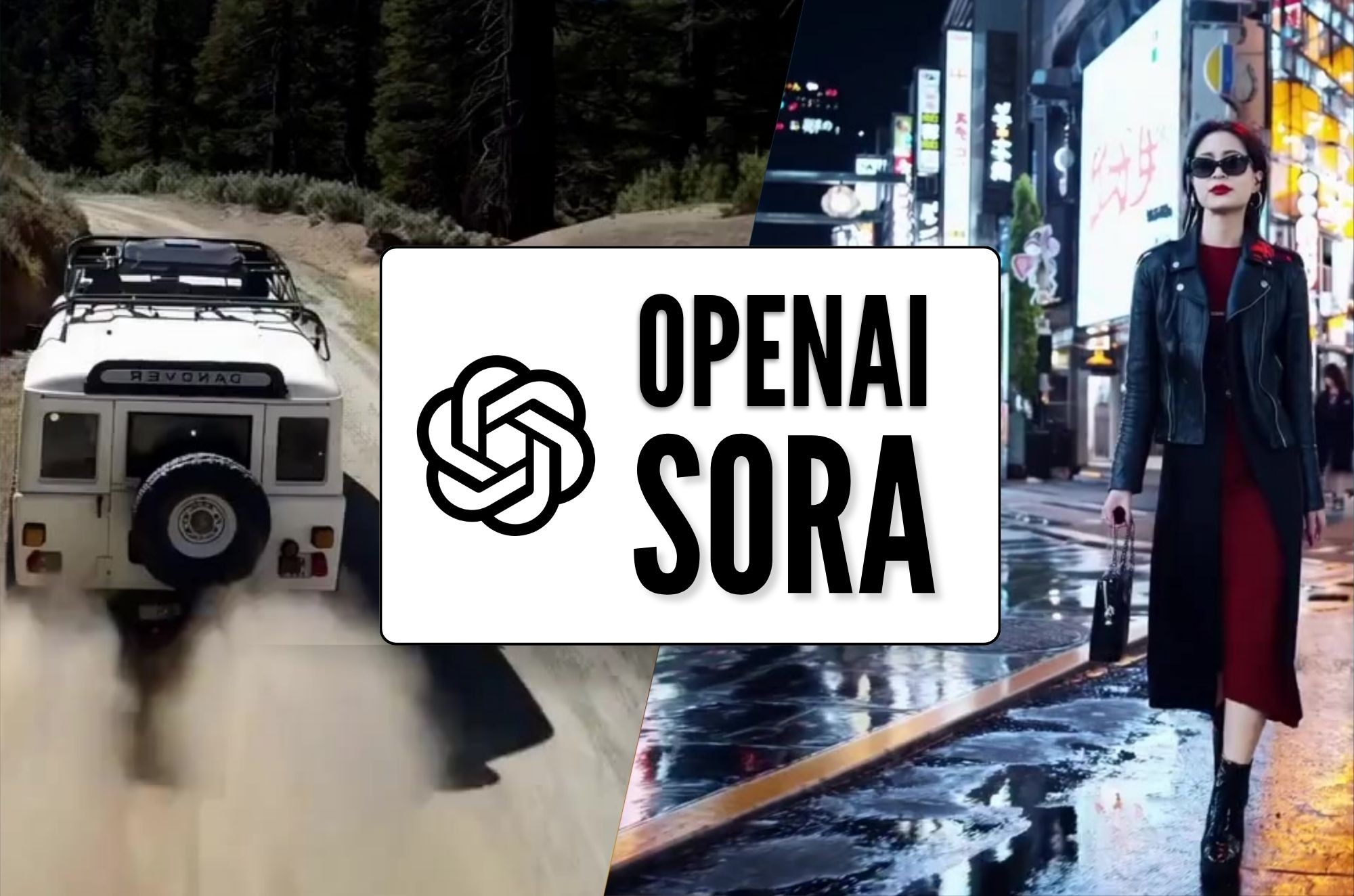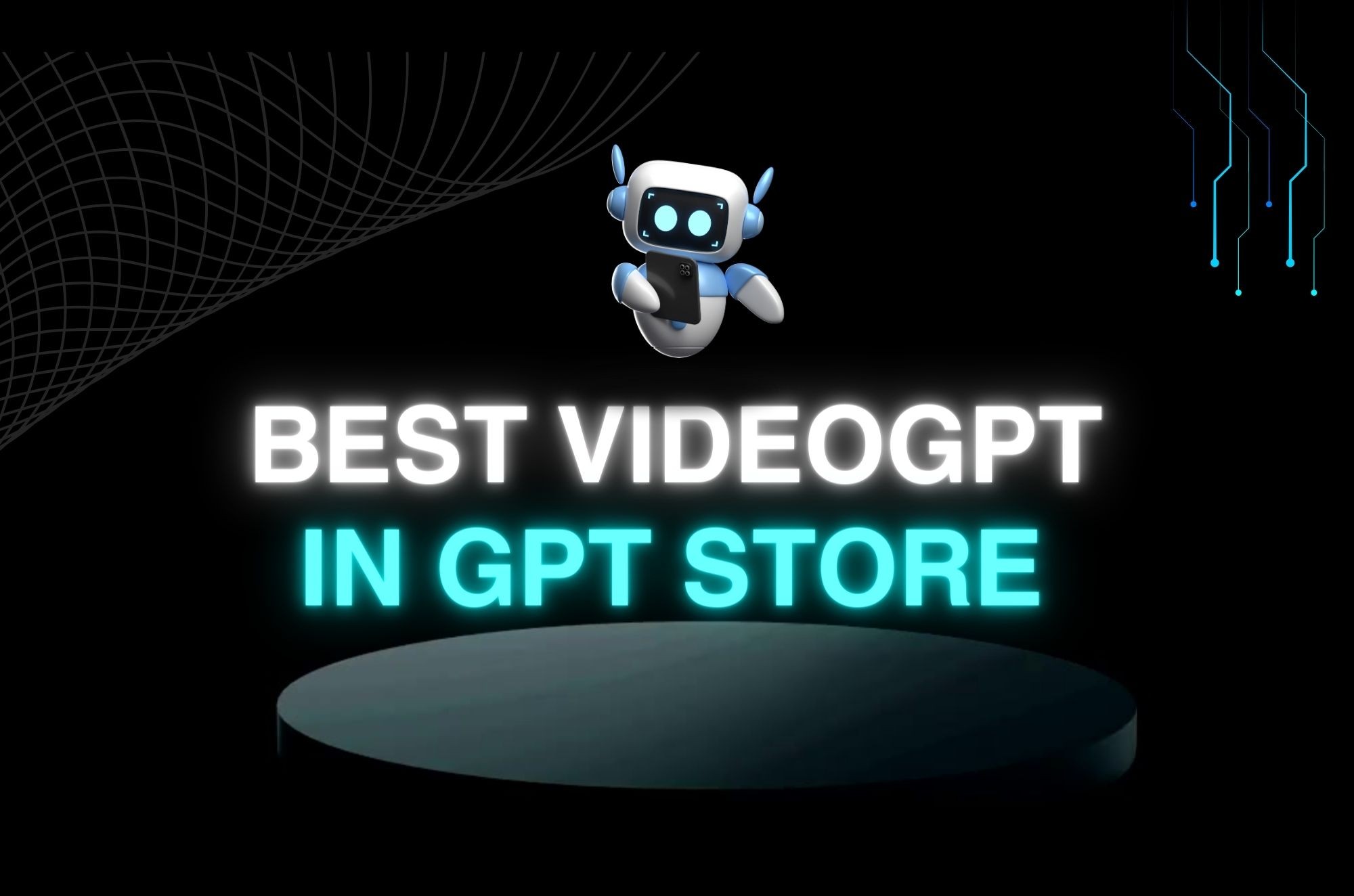Introduction
Remember when AI-generated videos looked like fever dreams? Yeah, those days are officially over.
I'll be honest with you - when I first heard about Sora 2, I thought it was just another incremental update. But after diving deep into what OpenAI actually built here, I realized this isn't just an upgrade. It's a completely different beast altogether.
Let me take you on a journey through what might be the most significant leap in AI video generation we've seen yet, and why everyone from content creators to casual users is losing their minds over it.

What Exactly Is Sora 2?
If you're just catching up, Sora 2 is OpenAI's latest flagship video and audio generation model, released on September 30, 2025. Think of it as the evolution of the original Sora that dropped back in February 2024 - except this time, they didn't just improve it. They rebuilt it from the ground up.
Here's what makes this different: while the original Sora was impressive in its own right (kind of like the GPT-1 moment for video), Sora 2 jumps straight to what OpenAI calls the "GPT-3.5 moment" for video generation. That's not marketing speak - it's actually a perfect analogy if you remember how big the leap from GPT-1 to GPT-3.5 felt.
The game-changer? Sora 2 doesn't just create videos from text prompts. It understands physics. It gets how the real world actually works. And it can generate synchronized dialogue and sound effects that'll make you do a double-take.
Why Everyone's Freaking Out About Sora 2
When Sora 2 launched, social media exploded. Instagram, Twitter, TikTok - everywhere you looked, people were sharing mind-blowing examples of what this AI video generator could do. But here's the thing: it wasn't just the video quality that had people talking.
The real magic of Sora 2 isn't that it's on par with other top-tier AI video models out there (though the audio is arguably better than competitors like Runway's Gen-3). The unique selling proposition is how OpenAI packaged and delivered it.
They didn't just release another web tool. They built a standalone iOS app that functions like an AI-native TikTok - a social media platform where every single piece of content is AI-generated. Let that sink in for a moment.
The Physics Behind the Magic
Let's talk about what really sets Sora 2 apart from everything that came before it: its understanding of physics.
Previous video generation models were, to put it bluntly, overly optimistic. If you prompted them to show a basketball player taking a shot and missing, the ball might magically teleport to the hoop anyway. Why? Because earlier models were trained to "succeed" at executing prompts, even if it meant bending reality.
Sora 2 flips this on its head. If a basketball player misses a shot in a Sora 2 video, the ball rebounds off the backboard - just like it would in real life. The model has learned to simulate failure, not just success. This is huge for creating realistic content.
Want to see Olympic-level gymnastics routines? Sora 2 can generate them with proper form and physics. How about someone doing a backflip on a paddleboard? The model accurately captures the dynamics of buoyancy and rigidity. Even something as complex as a figure skater performing a triple axel while a cat clings to her head - yeah, Sora 2 can handle that with surprising accuracy.
The mistakes the model does make are fascinating, too. They often appear to be mistakes of an internal agent that Sora 2 is implicitly modeling, like a character in the scene making a human error, rather than the AI breaking physics.
The Cameo Feature: Your Digital Clone
Now, let's get to the feature that's simultaneously the coolest and most concerning thing about Sora 2: Cameos.
Imagine this: you record a short video and audio sample of yourself in the app. Just once. Then, Sora 2 creates an AI avatar - a cameo of you that can be inserted into any AI-generated scene with remarkable fidelity. Your appearance, your voice, your mannerisms; all captured and ready to drop into countless scenarios.
This is where things get wild. You can use your own cameo to star in videos you create. You can let your friends use your cameo (with your permission, of course). You can even interact with other users' cameos, creating scenes where multiple people's digital clones hang out, have conversations, or engage in dance battles.
The technology is genuinely impressive. Upload yourself once, and suddenly you can be a Viking warrior, a mountain explorer, or dancing in the middle of Times Square - all generated by AI with your actual likeness and voice characteristics.
Is it a bit of a privacy concern? Absolutely. You're essentially creating a digital clone of yourself and making it available on a social platform. But OpenAI has built in some safeguards: only you control who can use your cameo, you can revoke access anytime, and you can view any video that includes your likeness, even drafts created by others.
More Than Just Video Clips: Full Productions
Here's something that wasn't immediately obvious when Sora 2 launched: it's not just generating video clips anymore. It's actually editing them too.
When you create content with Sora 2, the AI doesn't just spit out raw footage. It cuts scenes together. It maintains consistent audio throughout. It adds background music. It includes sound effects. The entire experience feels like scrolling through Instagram Reels or TikTok, except every single video was created by AI.
This is a massive leap forward. Previous AI video generators would give you clips - sometimes impressive ones, but they were just that: clips. Sora 2 is producing finished, edited content that's ready to share.
The model excels at following intricate instructions that span multiple shots while accurately maintaining world state. Want a cinematic sequence? An anime-style action scene? Realistic documentary footage? Sora 2 can handle all of these styles with impressive consistency.
The Audio Revolution You Didn't See Coming
While everyone's focused on the visuals, Sora 2's audio capabilities deserve their own spotlight.
As a general-purpose video-audio generation system, Sora 2 creates sophisticated background soundscapes, realistic speech, and contextually appropriate sound effects. If you're generating a scene of mountain explorers shouting warnings to each other in a snowstorm, the audio captures the urgency, the environmental sounds, and the vocal characteristics with surprising realism.
The synchronized dialogue is particularly impressive. Characters don't just mouth words while generic audio plays; their lip movements match the speech, and the audio quality sounds natural, not robotic or synthesized in an obvious way.
The Sora App: An AI-Native Social Experience
OpenAI didn't just build a better video generator. They built an entire ecosystem around it.
The Sora app, currently available on iOS, is designed as a social platform from the ground up. You can create content, discover videos in a customizable feed, remix other users' generations, and interact through those cameo features we talked about.
But here's where it gets interesting: OpenAI is deliberately trying to avoid the pitfalls of existing social media. They're not optimizing for time spent in the feed. They're not using traditional engagement algorithms that keep you doomscrolling.
Instead, they've built what they call "instructable recommender algorithms" powered by their language models. You can literally tell the app what kind of content you want to see, and it adjusts. The feed is heavily biased toward people you follow or interact with, and it prioritizes videos that might inspire your own creations.
The app is explicitly designed to maximize creation, not consumption, a refreshing change from every other social platform's playbook.
Safety and Responsibility: The Guardrails
With great power comes great responsibility, right? OpenAI is clearly aware that putting this technology in everyone's hands raises serious questions.
For the cameo feature specifically, consent is front and center. You control your likeness end-to-end. Nobody can use your cameo without your permission, and you can revoke access or remove videos featuring your digital clone at any time.
For teens, there are built-in protections: default limits on daily generations, stricter cameo permissions, and parental controls through ChatGPT that let parents manage scroll limits, algorithm personalization, and direct messaging settings.
OpenAI has also scaled up human moderation teams to quickly address issues like bullying if they arise, complementing their automated safety systems.
The transparency around their approach is notable, too. They're upfront about their monetization strategy (or lack thereof): the only current plan is to eventually let users pay for extra generations if demand exceeds available compute. No ads, no engagement manipulation - at least for now.
Sora 2 vs Sora 2 Pro: What's the Difference?
If you're wondering about the "Pro" version, here's the breakdown.
Sora 2 is the standard model available to all users initially for free (with generous limits). Sora 2 Pro is an experimental, higher-quality version available to ChatGPT Pro subscribers through sora.com and soon in the app itself.
The difference is subtle but noticeable. Pro generations are a bit sharper, with slightly better detail and consistency. It's not a night-and-day difference like some software tiers, but if you're doing professional work or want the absolute best quality, Pro delivers incremental improvements that matter.
Getting Access to Sora 2
Now for the question everyone's asking: how do you actually get your hands on Sora 2?
The Sora iOS app is available to download now in the U.S. and Canada, with OpenAI planning to quickly expand to additional countries. You can download the Sora app and sign up for a push notification when access opens for your account.
Here's the catch: it's currently invite-based. The rollout is intentional - OpenAI wants you to come in with your friends, making it a social experience from day one. Invite codes have been circulating pretty widely, and the community has been generous about sharing them.
Once you have access, you can also use Sora 2 through sora.com on your computer. The original Sora 1 Turbo remains available, and all your previous creations stay in your library.
OpenAI has also announced plans to release Sora 2 through their API, which will be huge for developers and businesses looking to integrate this technology into their own applications.
Alternative Options: Exploring Other AI Video Tools
While Sora 2 is making waves, it's worth noting that the AI video generation space is rapidly evolving, with several players offering unique capabilities.
For those who might not have immediate access to Sora 2 or are looking for alternatives, platforms like Fliki offer their own approach to AI-driven video creation. Fliki focuses on transforming text-based content into engaging videos with a user-friendly interface designed for quick results.
What's particularly interesting about Fliki is its AI video clips feature, which lets users create short, impactful 5-8 second video clips effortlessly using generative AI technology. Users provide instructions about their creative vision, and Fliki's AI transforms those instructions into dynamic, ready-to-use video clips. These short clips can serve as building blocks for longer format videos, offering flexibility for creators who want to mix, match, and customize their content.
While Fliki takes a different approach than Sora 2's physics-based simulation and social features, it represents the broader trend of AI democratizing video creation for individuals without extensive technical expertise.
What This Means for Content Creators
If you're a content creator, educator, marketer, or storyteller, Sora 2 represents a fundamental shift in what's possible.
The barriers to creating professional-quality video content are crumbling. You don't need expensive equipment, a production crew, or advanced editing skills. You need an idea, a prompt, and maybe a cameo of yourself.
But here's the deeper implication: we're entering an era where the bottleneck isn't production - it's creativity. The ability to imagine compelling scenarios, tell engaging stories, and connect with audiences becomes more important than ever when the technical execution is handled by AI.
This is simultaneously exciting and challenging. Exciting because anyone with a good idea can now bring it to life. Challenging because standing out in a sea of AI-generated content will require genuine creativity and authentic connection.
The Bigger Picture: World Simulation
OpenAI isn't just building a cool video app. Sora 2 is part of a much larger vision: creating general-purpose world simulators that can model physical reality.
This isn't about making entertaining social media content (though that's a fun application). The Sora team is focused on training models with advanced world simulation capabilities because they believe such systems will be critical for developing AI models that deeply understand the physical world.
Think about the implications: robots that can navigate and interact with real environments, training simulations for countless applications, scientific modeling, and yes, eventually AGI systems that can function effectively in physical space.
Sora 2's ability to model physics, maintain object permanence, and simulate realistic cause-and-effect isn't just impressive - it's a stepping stone toward something much bigger.
The Elephant in the Room: Copyright and Authenticity
We need to talk about the concerns, because they're legitimate.
When every video you see could be AI-generated, how do you know what's real? When people's likenesses can be captured and replicated, how do we prevent misuse? When content creation becomes this easy, what happens to professional creators?
OpenAI has implemented provenance features and watermarking, but these are early days. The legal framework around AI-generated content using real people's likenesses is still evolving. The potential for misuse - deepfakes, misinformation, unauthorized use of IP is very real.
The entertainment industry is already grappling with these questions. You'll notice in the Sora feed that well-known IPs like Pokémon and SpongeBob appear in user-generated content - the restrictions are quite low. Whether this represents fair use, transformative content, or potential copyright infringement is a conversation that's just beginning.
What Comes Next
OpenAI has made it clear: video models are getting very good, very quickly. Sora 2 is described as "significant progress" toward general-purpose world simulators and robotic agents that will "fundamentally reshape society and accelerate the arc of human progress."
That's a bold claim, but looking at the trajectory from Sora 1 to Sora 2 in just over a year, it's not hard to imagine where this could go. API access will expand capabilities for developers. International rollout will bring this to a global audience. Improvements in model quality and physics accuracy will continue rapidly.
The really interesting question isn't what Sora 2 can do today - it's what Sora 3, 4, and beyond will make possible. If this is the GPT-3.5 moment for video, what does GPT-4 for video look like?

![How to Use Runway Gen 3 Alpha [with Examples]](https://cdn.fliki.ai/image/page/660ba680adaa44a37532fd97/6687c0ed351e44f72acfaeca.jpg)

